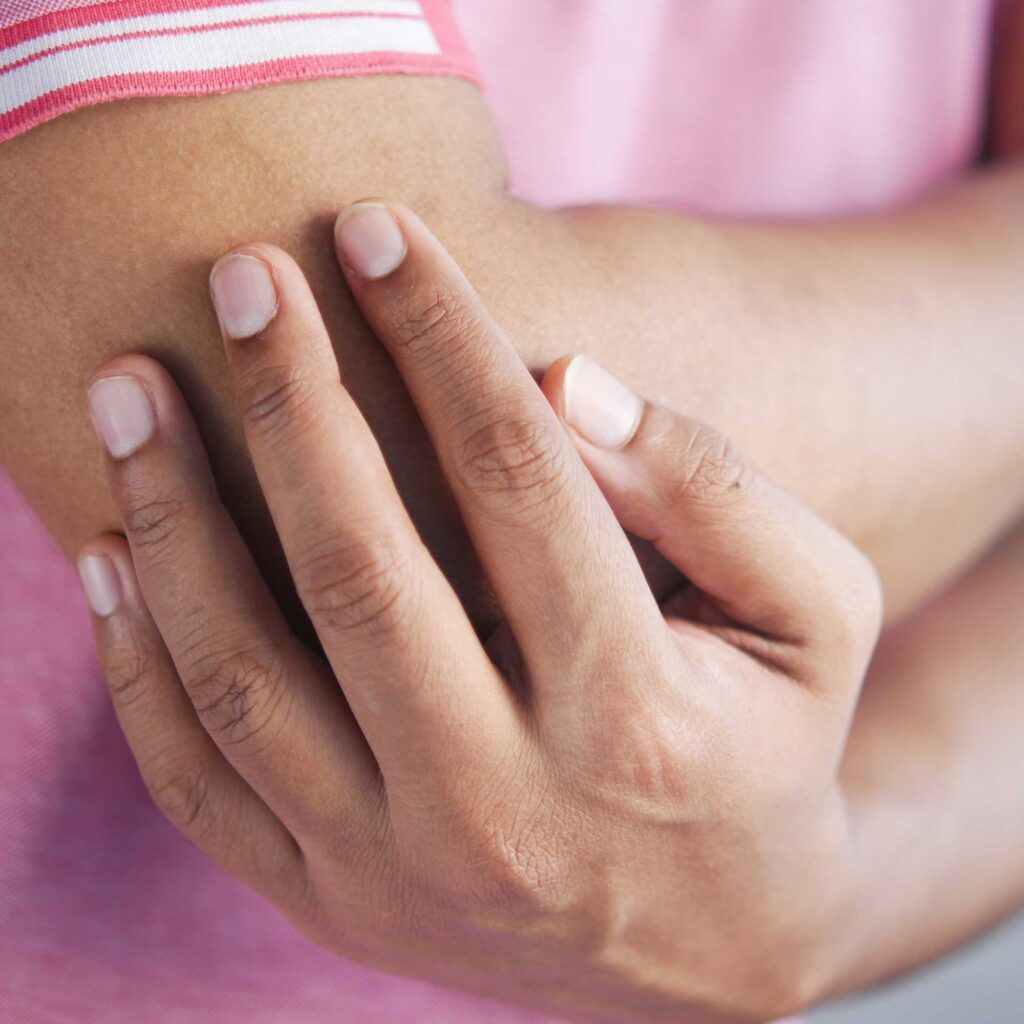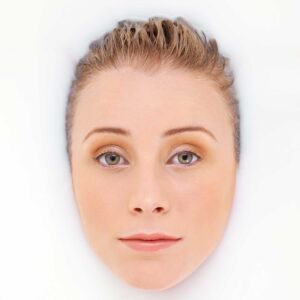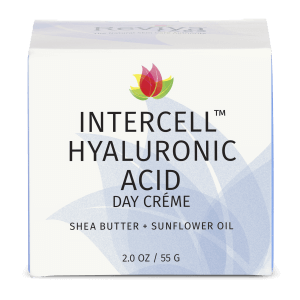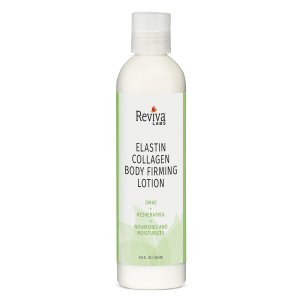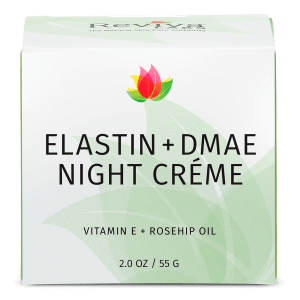Clean Beauty, Reviva Labs, Skin Care
Why Are Your Heels and Elbows Always Dry?
Almost a third of adults deal with dry skin – and for a lot of people, the worst spots are heels and elbows. These areas always seem to get rough, flaky, or even cracked, no matter how much lotion you slather on. And it’s not just an annoyance – it can get uncomfortable and even painful if it goes too far.
So what makes these parts of the body so prone to dryness? And what can actually help soften them up again (without a ton of effort)? Let’s get into it.
Why These Spots Get So Rough
The skin on your heels and elbows is naturally different from other areas. It’s thicker, tougher, and has way fewer oil glands. That means it doesn’t stay moisturized on its own very well. And since these spots get a lot of pressure – think walking, standing, and leaning on your desk – they take a bit of a beating every day.
All that friction can lead to calluses or rough patches, especially if your skin is already dry. If you live somewhere with cold weather or spend a lot of time in heated or air-conditioned environments, that’ll dry your skin out even more.
Everyday Habits Make It Worse
Some things we don’t even think about can dry out the skin fast. Long, hot showers? Not helping. Harsh soaps? Also, a no. Walking barefoot or wearing open-heeled shoes? That just adds to the dryness.
And clothing matters too – rough fabrics can irritate your elbows, and some laundry detergents can leave behind residue that dries skin out even more.
For some people, it’s also a medical thing. Conditions like eczema, psoriasis, or diabetes can make dry skin worse. According to the National Eczema Organization, approximately 10% of the people in the U.S. have eczema, and it often hits the elbows, knees, and other high-friction spots.
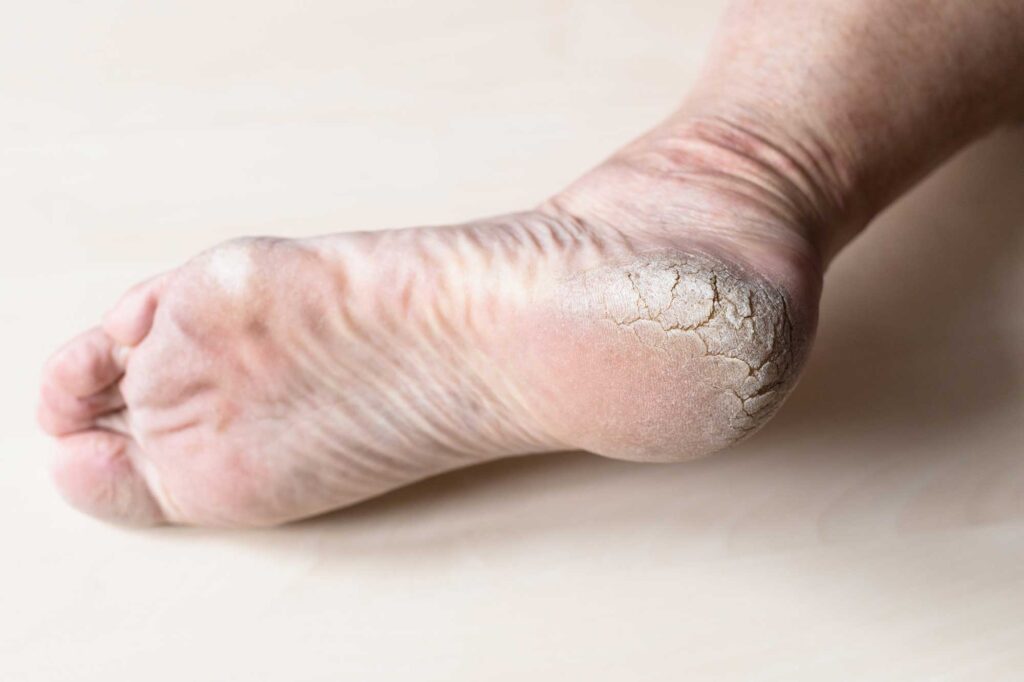
How to Help Dry Heels and Elbows
The good news? There’s a way to get softer skin without needing a complicated routine. It’s all about being consistent with a few simple steps.
Clean the Right Way
Skip the steaming-hot showers and go for lukewarm water instead. Use a gentle, fragrance-free cleanser that doesn’t strip your skin. You want to clean your skin, not dry things out even more.
Exfoliate (But gently)
A lot of the roughness comes from layers of dead skin that piles up. Exfoliating once or twice a week can help smooth things out and let your moisturizer do its job better. Try a soft scrub or use a washcloth to buff the area lightly.
Moisturize Every Single Day
This one’s key. Apply a thick moisturizer – ideally one made for really dry skin – right after your shower when your skin is still a little damp. That helps seal in moisture. Also, look for a body moisturizer that contains lactic acid or glycolic acid. These ingredients help to gently exfoliate rough, dry skin as it hydrates the skin.
Cover and Protect
Socks aren’t just for warmth – they help trap moisture and protect your heels throughout the day. For elbows, just avoiding rough fabrics or leaning on hard surfaces too much can make a difference.
What to Look for in Your Products
Not all moisturizers are the same, and the label matters. Look for ones that include a mix of three types of ingredients:
Humectants
These pull moisture into your skin. Think glycerin or hyaluronic acid.
Emollients
These fill in the little cracks in your skin and make it feel soft and smooth. Shea butter, squalane, and plant oils are great choices.
Occlusives
These sit on top of the skin and keep all that moisture from evaporating. Petrolatum, lanolin, and beeswax are classic occlusives that actually work.
As mentioned, you can also look for gentle exfoliating ingredients like lactic or glycolic acid. They help slough off dead skin and smooth things out without scrubbing too hard.
And if the product has ceramides or fatty acids, that’s a bonus – they help repair your skin’s barrier and keep moisture in longer.
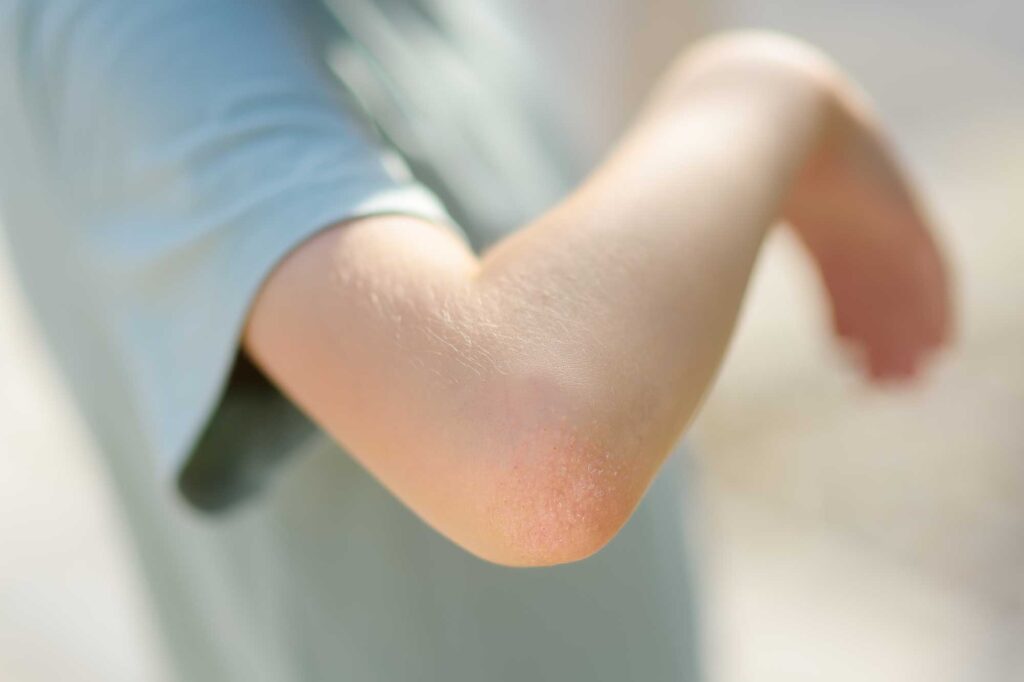
When It’s More Than Just Dry Skin
If your heels or elbows are cracked, bleeding, or super painful, it might be time to check in with a dermatologist. Sometimes dry patches don’t get better with basic care, especially if there’s an underlying issue like eczema or a fungal infection.
Also worth noting: If you have deep skin fissures (those little splits that can form on your heels), they need a little extra attention to avoid infection. A healthcare pro can recommend stronger treatments or prescription creams to help.
You Can Fix This
Dry skin on your heels and elbows doesn’t have to be permanent. With a few tweaks to your routine and the right kind of moisturizer, you’ll start seeing a difference – maybe even faster than you think. Keep at it daily, treat those spots gently, and give them what they need to stay soft and healthy.
And don’t forget: just because they’re not as visible as your face doesn’t mean they don’t deserve good skincare too.



